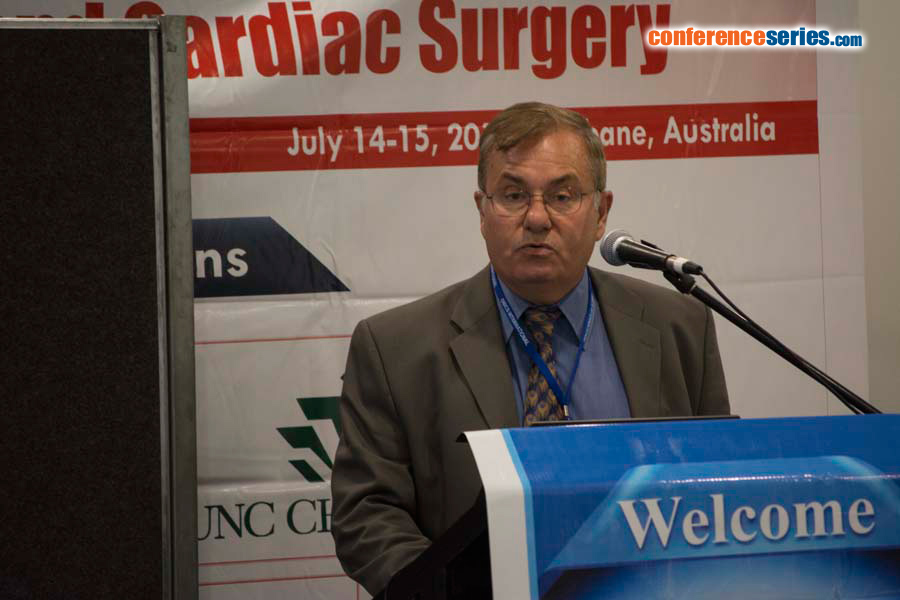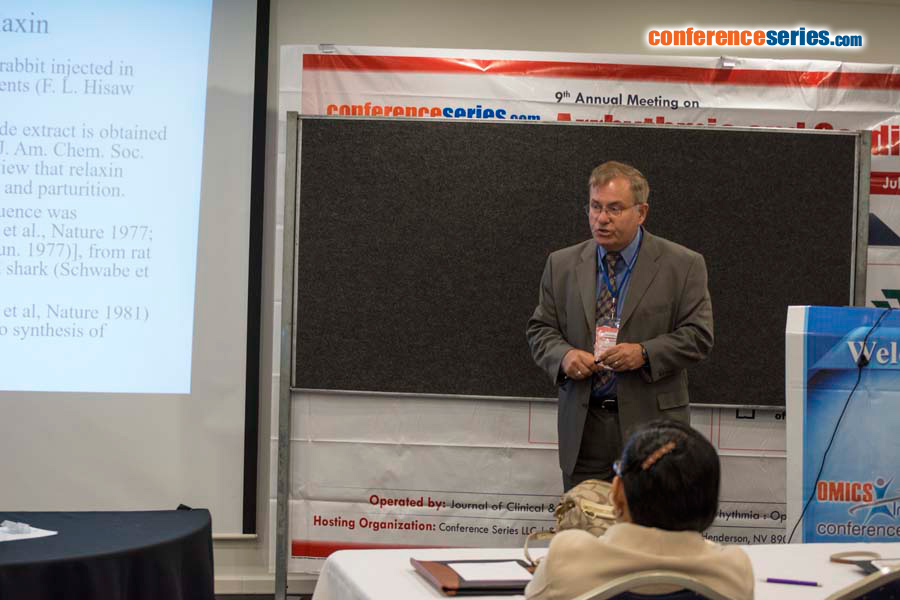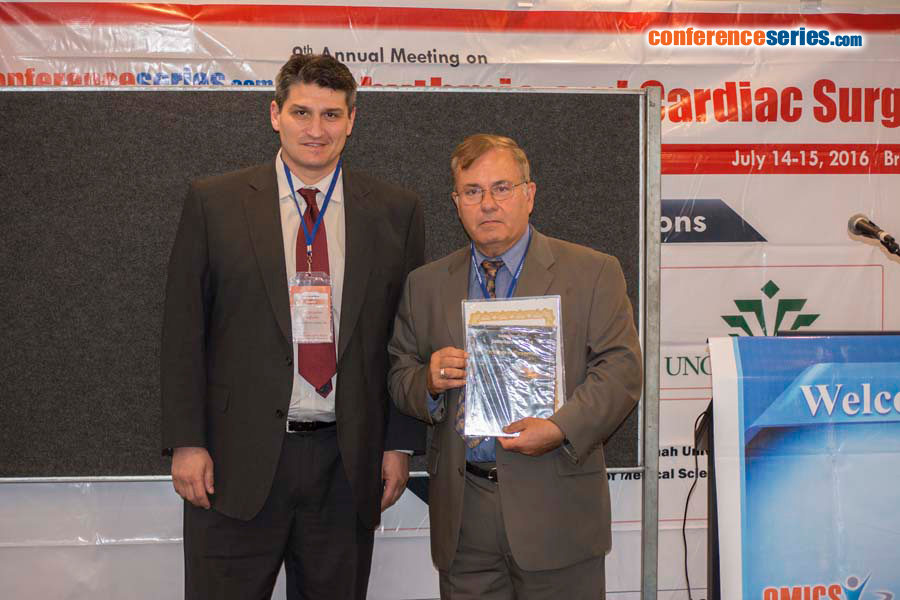
Guy Salama
University of Pittsburgh School of Medicine,USA
Title: Molecular basis of sex-differences in arrhythmia risk or how can Ca2+-overload generate Torsade de Pointes
Biography
Biography: Guy Salama
Abstract
Drug-induced Long QT type 2 (LQT2) is a serious public health problem in terms of safety pharmacology, because many cardiac and non-cardiac drugs inhibit the rapid component of the delayed rectifying K+ current, IKr resulting in action potential duration (APD) and QT prolongation resulting in lethal polymorphic ventricular arrhythmias called Torsade de Pointes (TdP). Despite decades of research, the mechanisms of LQT2-related TdP in man, and why women are at a greater risk of TdP, remain controversial. In clinical and rabbit models, female sex confers a considerably greater risk to TdP which has been attributed sex-differences in ‘repolarization reserve’. This theory posits that female hearts have reduced IKr compared to males due to IKr inhibition and stimulation, respectively by estrogen (17β-estradiol, E2) and dihydrotestosterone (DHT). Our group has challenged this theory and shown that Ca2+-overload at the base of female rabbit hearts initiate TdP in drug-induced LQT2. TdP is initiated by early afterdepolarizations (EADs) which appear first at the base of the heart and are preceded by intracellular Ca2+ (Cai) oscillations during prolonged APDs. Adult females have higher L-type Ca2+ current, ICa,L and Na-Ca exchange current, INCX in myocytes from the base of the epicardium (where EADs are initiated) compared to myocytes from the apex, or from the endocardium. The up-regulation of these currents occurs via genomic upregulations (↑Cav1.2α, β2 subunits, and ↑NCX1 and their mRNA) by E2 (0.3-1 nM). Genomic regulation of Cav1.2α, β2 subunits was mediated by estrogen receptor α, ERα but not the β subtype, ERβ. Dual optical mapping of APs and Ca2+ transients (at subcellular spatial resolution (1.5x1.5 µm2)) shows that repolarization delay (bradycardia or LQT2) in female hearts causes Ca2+ overload and synchronous spontaneous sarcoplasmic reticulum (SR) Ca2+ release during systole, initiating EADs at the base of the ventricles. Synchronous systolic Ca2+ elevation from islands of epicardium as small as ~0.5 mm dia. can elicit EADs and TdP. Findings in rabbit hearts are shown for the first time to apply to human sex differences by testing the effects of estrogen in male and female human iPS-CMs and by Western blot analysis of regional heterogeneities of ion channel expression in the heart of adult men, women and post-menopausal women.




